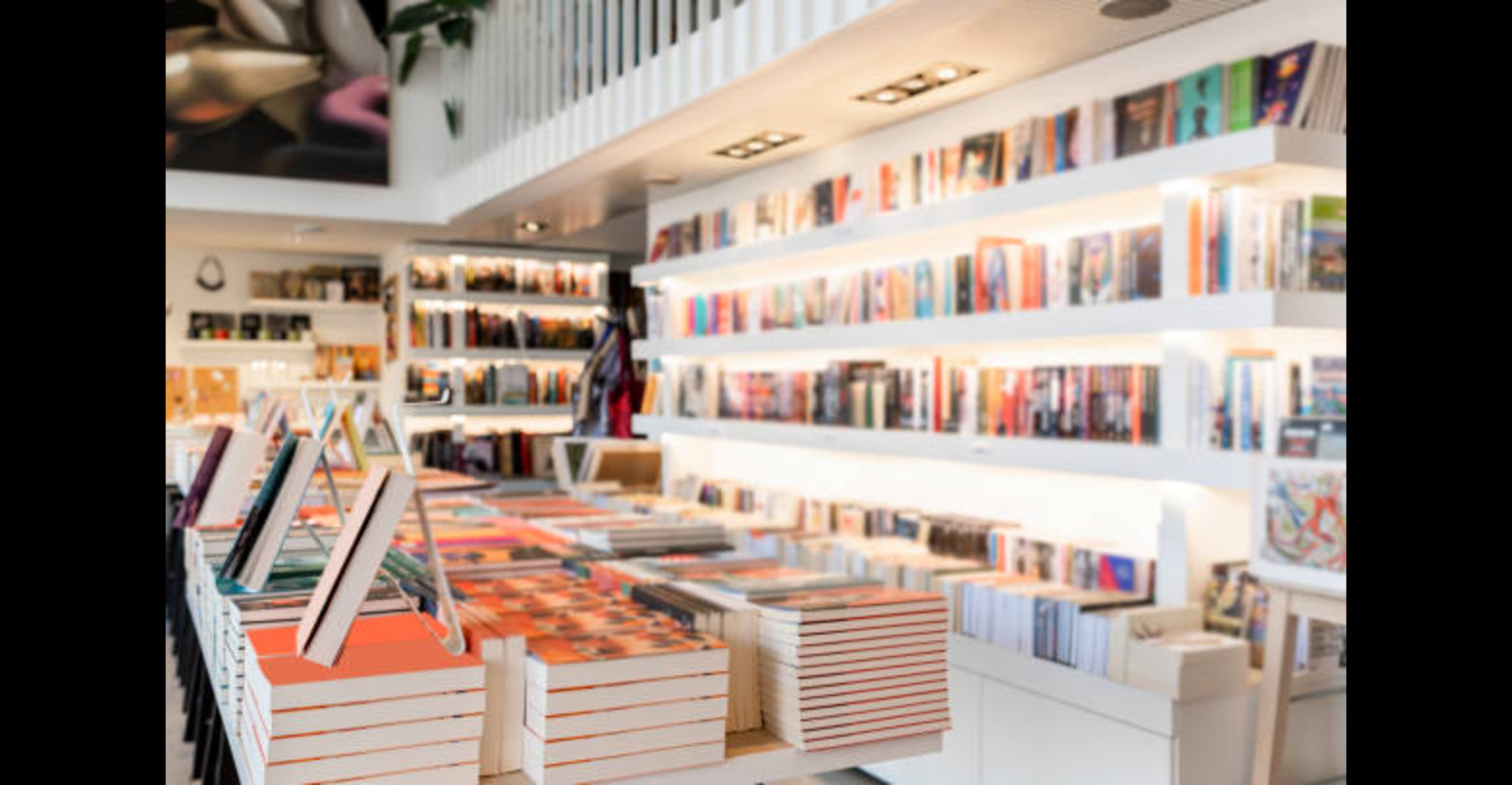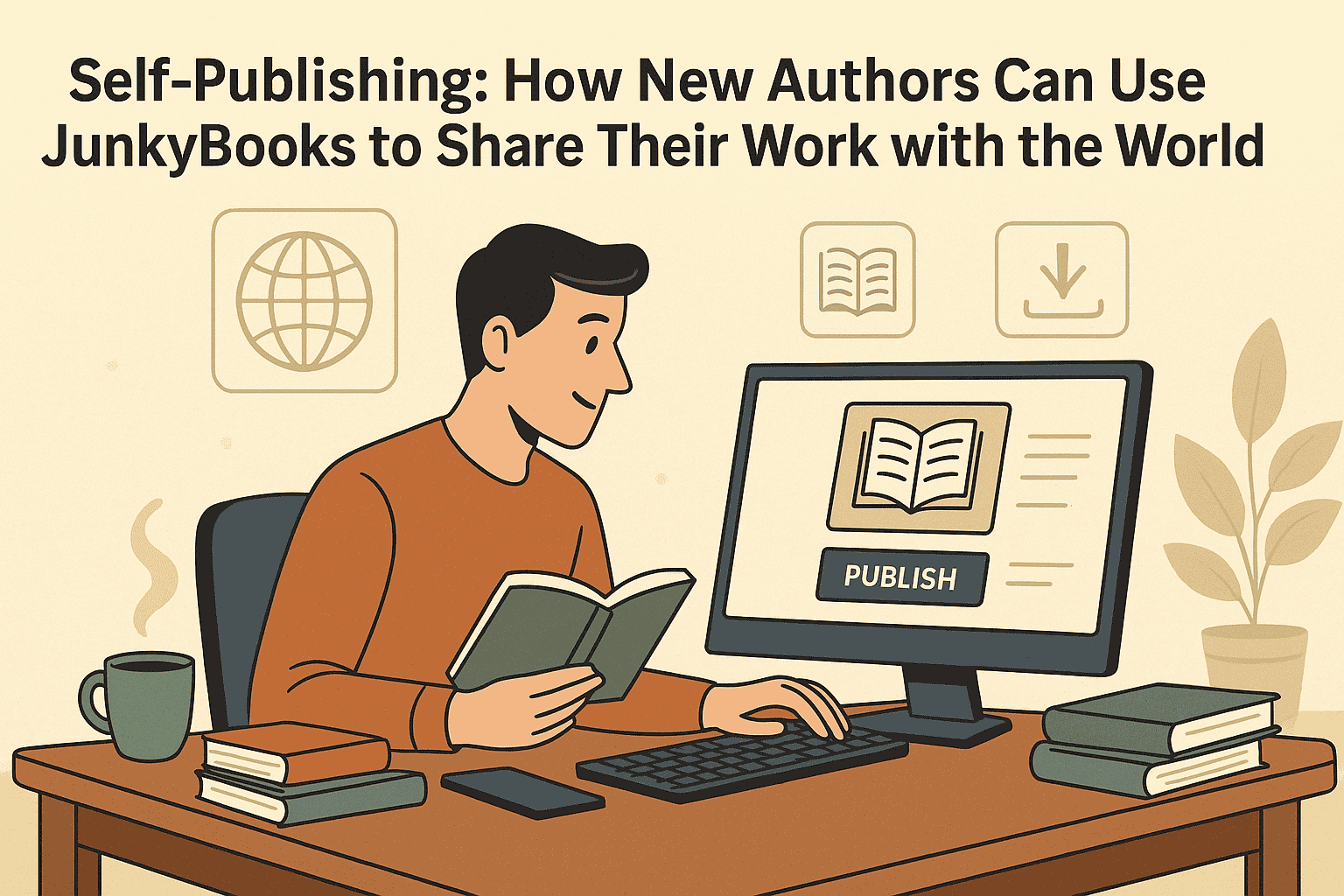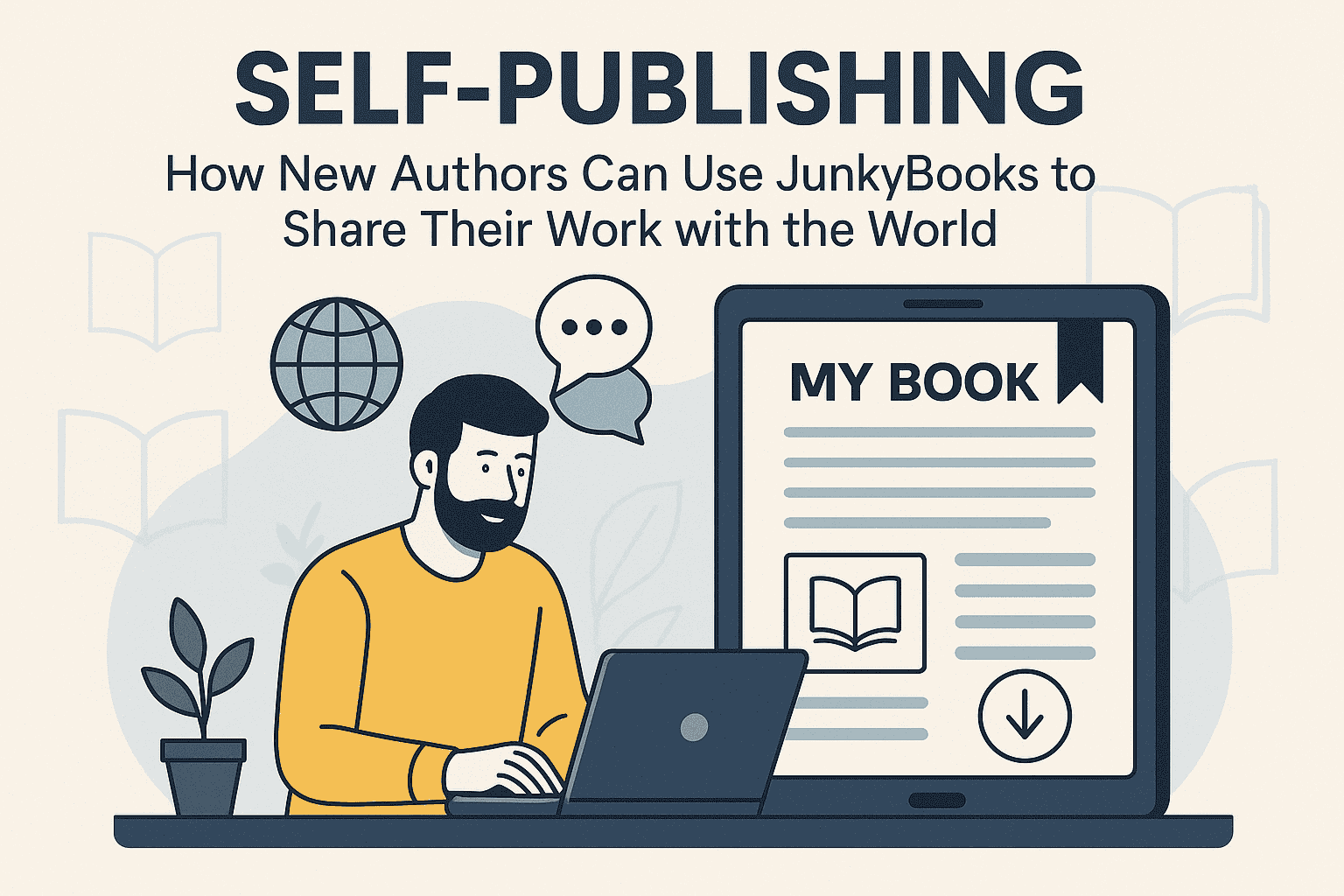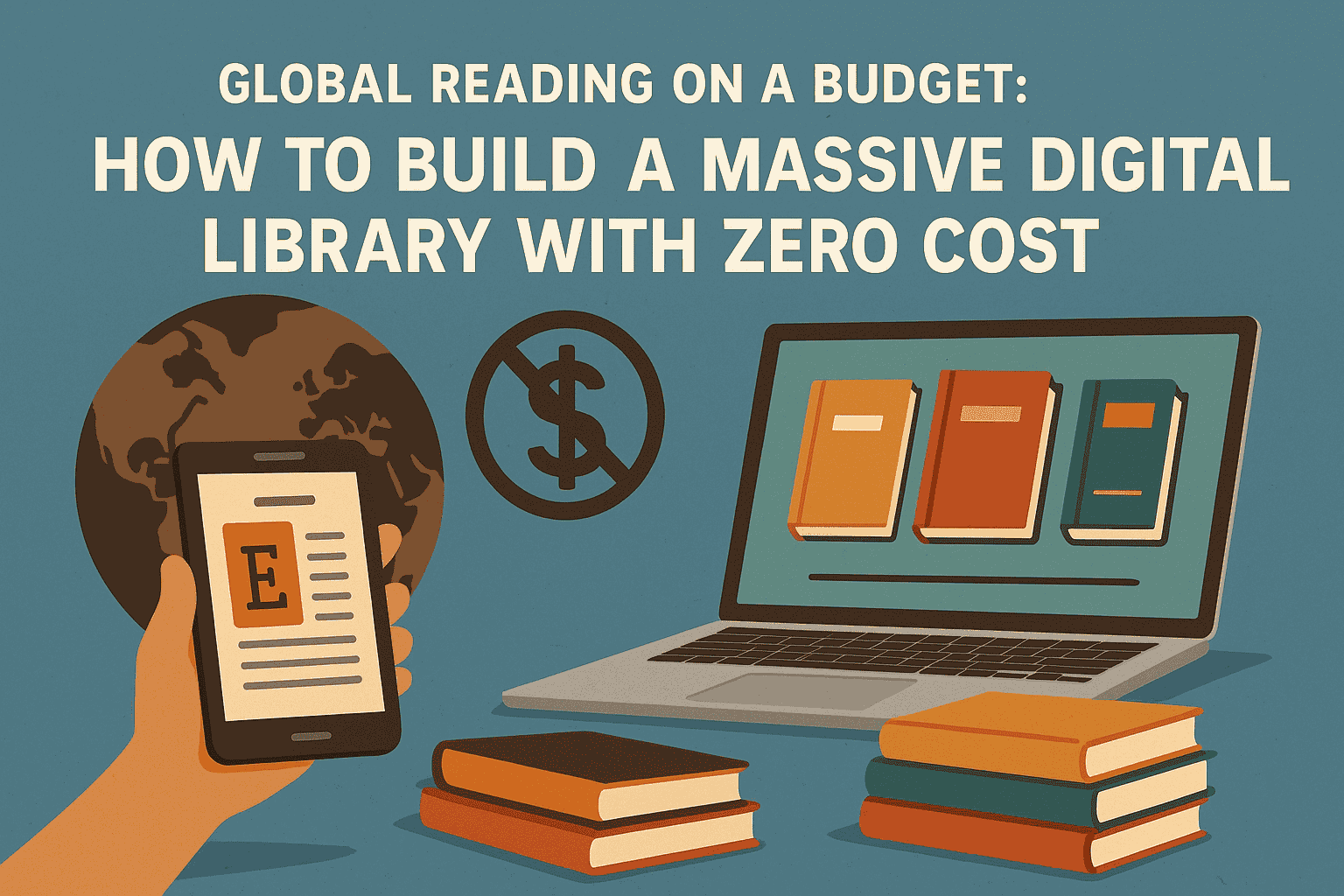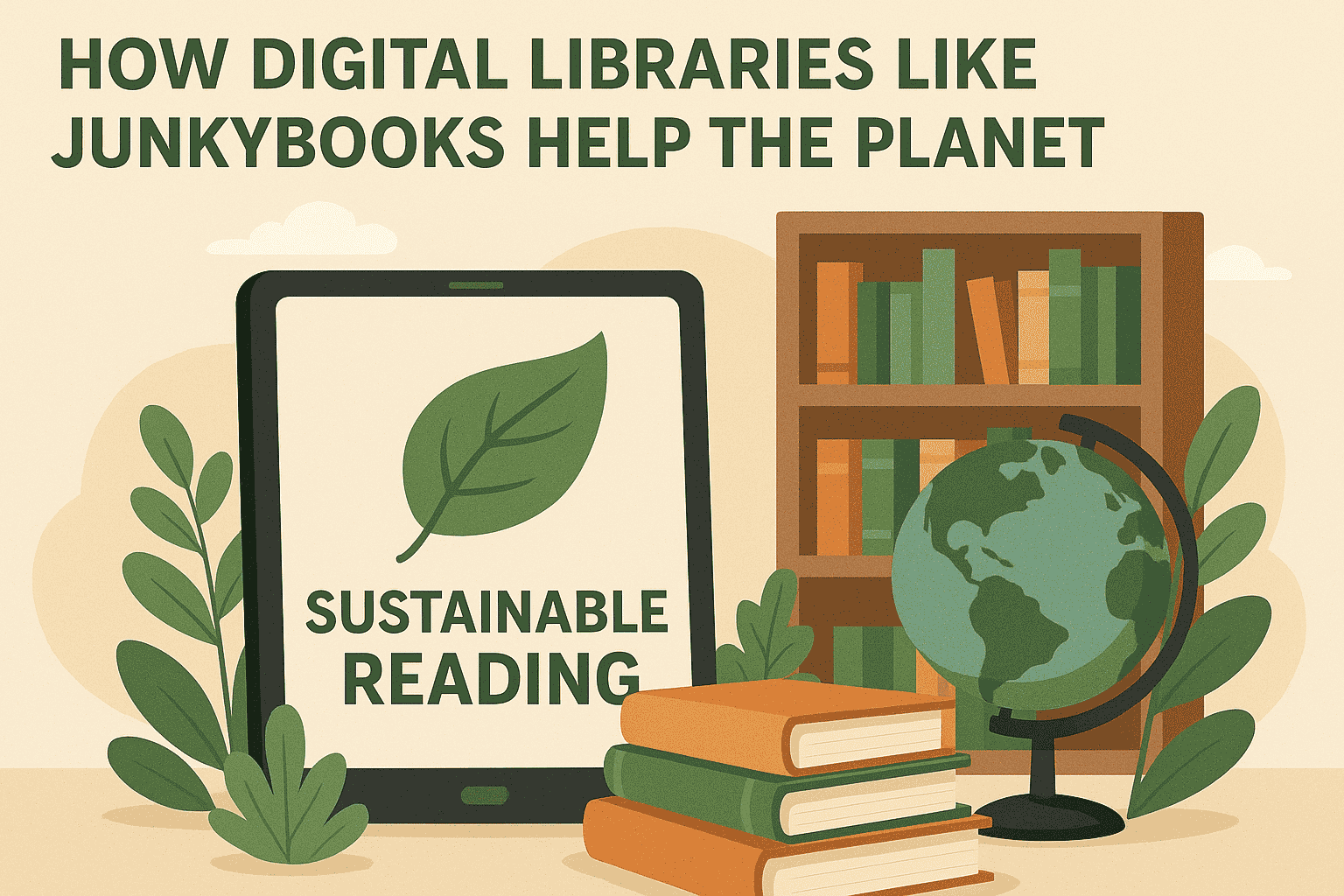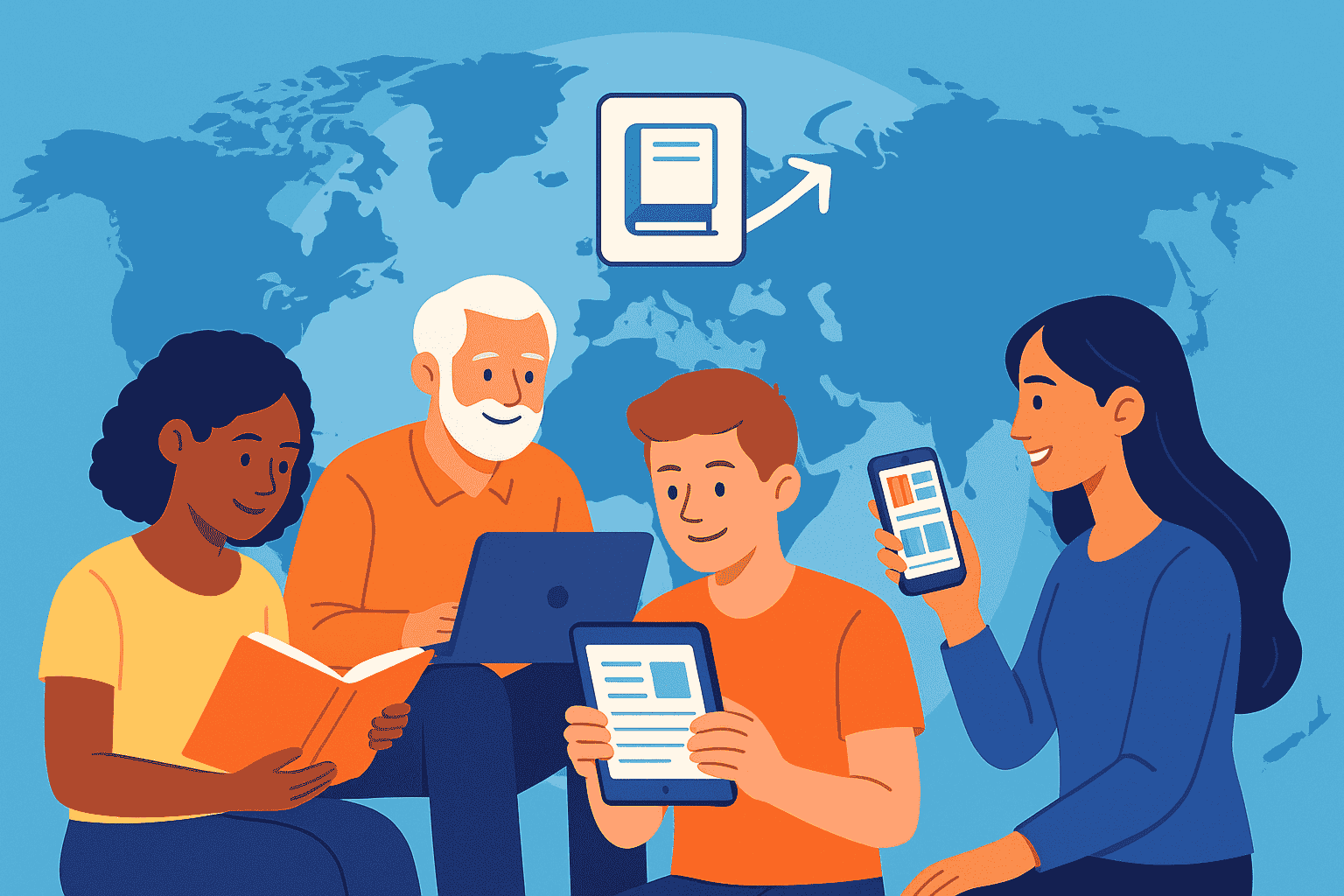How to Get Your Book into Bookstores and Libraries: A Practical Guide for Indie Authors
For many indie authors, the dream doesn’t stop at publishing a book. The real vision is seeing it proudly displayed on a bookstore shelf or available for loan at the local library. But getting into these spaces can be challenging—especially when you’re self-published.
The good news? It’s possible. With preparation, persistence, and a professional approach, indie authors can secure shelf space and library placements for their books. This guide will walk you through the steps, strategies, and insider tips to make it happen.
1. Understand How Bookstores and Libraries Choose Books
Before you approach a bookstore or library, it’s essential to understand how they decide what to stock.
Bookstores typically choose based on:
-
Demand from customers
-
Fit with the store’s niche or focus
-
Sales history and reviews
-
Professional presentation and distribution
Libraries often choose based on:
-
Patron requests
-
Reviews in reputable sources (Library Journal, Kirkus, Booklist)
-
Recommendations from distributors
-
Local author programs
Knowing this helps you present your book as an asset to them, not just a product you want to sell.
2. Make Sure Your Book Looks Professional
Bookstore buyers and librarians are bombarded with titles every week. If your book doesn’t look professional, it will likely be rejected before they even open it. That means:
-
A professionally designed cover that matches your genre and market expectations.
-
Clean, error-free formatting for both print and eBook editions.
-
High-quality printing—no blurry images, uneven margins, or cheap paper.
Remember: your book will sit beside titles from big publishers. It needs to hold its own visually.
3. Choose the Right ISBN and Imprint
If you’re serious about selling to bookstores and libraries, don’t use a free ISBN from Amazon KDP. Instead, purchase your own ISBN from your country’s official agency (e.g., Bowker in the U.S., Nielsen in the U.K.). This allows:
-
Your own imprint name instead of “Independently published.”
-
Better acceptance from wholesalers and library catalogs.
-
Greater control over your metadata and distribution.
Your imprint name doesn’t have to be a real publishing house—it can be a brand you create for your author business.
4. Use a Wholesale Distributor
Bookstores and libraries rarely order directly from Amazon. Instead, they work with wholesalers and distributors like:
-
IngramSpark / Lightning Source (most widely used)
-
Baker & Taylor (especially for libraries)
-
OverDrive (for eBook library distribution)
By making your book available through these channels—with a standard trade discount (40–55%) and returnable option—you remove a major barrier to stocking.
5. Build Your Book’s Sales and Credibility First
A cold pitch to a bookstore or library is much stronger if you can show that your book is already performing. Build your track record by:
-
Gathering strong Amazon and Goodreads reviews.
-
Winning awards or getting media coverage.
-
Speaking at events or book clubs.
-
Selling at local markets and festivals.
This shows booksellers and librarians that there’s demand for your work.
6. Start Local
Your local community is the best place to start because you already have a connection.
For bookstores:
-
Visit in person and introduce yourself as a local author.
-
Offer a free copy for them to review.
-
Suggest a local author signing event.
For libraries:
-
Request a meeting with the acquisitions librarian.
-
Highlight your local connection in your pitch.
-
Offer to host a free author talk or reading for patrons.
Local support often opens doors that cold calls cannot.
7. Prepare a Professional Pitch Package
When approaching bookstores or libraries, you need to look like a professional. A pitch package should include:
-
A one-page sell sheet with:
-
Book cover image
-
ISBN, price, format, page count
-
Distributor information (Ingram, Baker & Taylor, etc.)
-
Short book description and target audience
-
Author bio and photo
-
Contact details
-
-
A copy of your book (or ARC)
-
Press clippings, reviews, or endorsements
-
Event proposal (if offering a signing or talk)
Keep it concise—buyers and librarians don’t have time for long letters.
8. Offer Consignment Deals to Bookstores
Many bookstores, especially independents, will consider stocking local authors on a consignment basis. This means:
-
You provide the books upfront.
-
The store pays you only for copies sold.
-
You agree on a percentage split (often 60/40 in the store’s favor).
While it’s less profitable per book, consignment is often the easiest way to get your foot in the door.
9. Use Library Request Systems
If you want your book in libraries, sometimes the fastest route is through patron requests.
-
Encourage friends, family, and readers to request your book at their local library.
-
Most libraries have an online form for acquisition requests.
-
If your book is available through a recognized distributor, it’s much easier for them to order.
This approach works especially well when paired with a marketing campaign.
10. Get Reviewed by Library-Friendly Outlets
Librarians often rely on professional review sources to decide what to buy. Submitting your book to these outlets increases your credibility:
-
Library Journal
-
Kirkus Reviews
-
Booklist
-
Midwest Book Review
-
Publisher’s Weekly BookLife
Some have fees, but the visibility and legitimacy they offer can pay off.
11. Host Author Events
Events can be a powerful reason for a bookstore or library to stock your book. Ideas include:
-
Book signings
-
Readings or Q&A sessions
-
Writing workshops
-
Panel discussions with other authors
Events bring customers into the store or library, which makes them more likely to partner with you.
12. Maintain a Professional Relationship
Once your book is stocked, don’t disappear. Maintain the relationship by:
-
Promoting the store or library on your social media.
-
Sending updates on your book’s success.
-
Offering to sign copies in stock.
-
Bringing in customers during events.
If your book sells well, they’ll be more inclined to order future titles.
13. Think Beyond Physical Copies
While getting your print book into stores and libraries is rewarding, don’t overlook digital formats:
-
OverDrive, Hoopla, Bibliotheca – digital library lending platforms
-
eBook promotions for library audiences
-
Audiobook distribution via Findaway Voices or ACX
Digital options can often be acquired faster and at lower cost for institutions.
14. Be Patient but Persistent
Getting into bookstores and libraries is often a long-term effort. Expect rejections, follow up politely, and keep building your brand. As your reputation and readership grow, doors will open more easily.
Key Takeaways
-
Professional presentation is non-negotiable. Your book must look and feel like a traditionally published title.
-
Distribution matters. Make sure your book is available through the same channels bookstores and libraries already use.
-
Relationships are gold. Start local, be friendly, and support the institutions that support you.
-
Visibility fuels demand. The more readers request your book, the easier it is to get stocked.
Final Word
Seeing your book in a bookstore or library is one of the most fulfilling moments of an author’s career. For indie authors, it’s not an impossible dream—it’s a goal that can be achieved with preparation, professionalism, and persistence.
By understanding how the system works, positioning your book as a valuable addition, and building relationships along the way, you can make that dream a reality.

